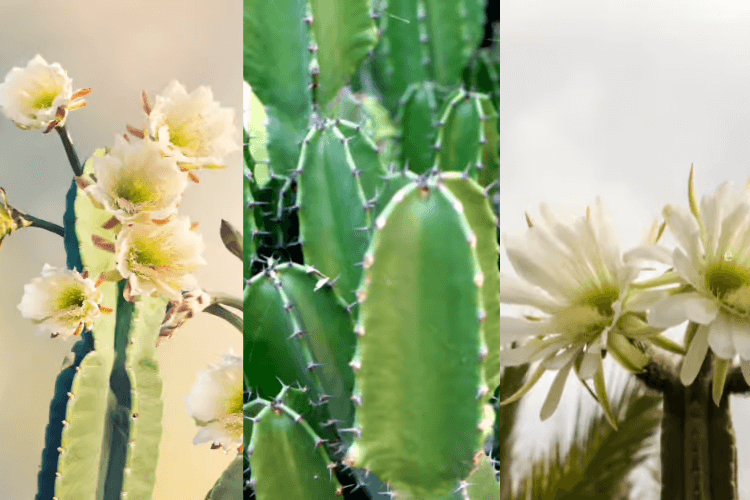
San Pedro FAQs
San Pedro cactus, also known as Trichocereus pachanoi, contains mescaline (3,4,5-trimethoxyphenethylamine), is a naturally occurring hallucinogen known to produce effects similar to LSD or psilocybin.
If you’ve got questions about San Pedro, Frshminds has the answers.
San Pedro originates in the Andes Mountains in South America and over the last thousand years, its use has spread around the world. A San Pedro ceremony is when people gather together in groups led by shamans and facilitators to drink a preparation of this mescaline-containing cactus. You can learn more about it in our article “What is a San Pedro Ceremony and How to Prepare”.
San Pedro and peyote cacti are some of the most established psychedelics still in use today. These cacti contain mescaline, which, unlike synthetics like LSD or MDMA.
San Pedro has a reputation for being a long trip, lasting 8-12 hours. Depending on the dosage and cactus, some high-dose trips have lasted for days. While every trip is different, specific effects of San Pedro can include euphoria, connection to nature, and personal insights. While visuals can occur, they are typically less overwhelming than plant medicines like ayahuasca. Challenging aspects include nausea, sweating, chills, vomiting, strange physical sensations, and confusion.
Peyote lasts about 8-12 hours and is usually consumed in a communal ceremony. Part of peyote culture is also peyote songs, sung throughout the night by the shaman or “roadman” leading the ceremony, along with others in the circle. While peyote’s effects are comparable to San Pedro in a broad sense – euphoria, a sense of interconnectedness, visions, and insights. Other purgative effects like nausea, somatic sensations, sweats, chills, and racing thoughts are also present. In the peyote tradition, vomiting is often referred to as “getting well.”
Continue reading our article on the differences between San Pedro vs peyote to learn more.
The San Pedro Cactus, also known as Huachuma, is legal in some parts of the world, namely countries associated with the Andean highlands. This means in Peru, Ecuador, Bolivia, and Colombia, it is legal for ceremonial use. Learn more by reading our article, “Where is San Pedro Cactus Legal“.

Comments